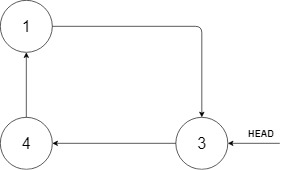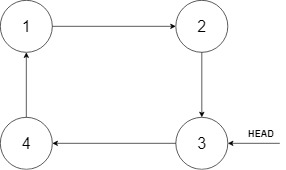932. Beautiful Array
For some fixed N, an array A is beautiful if it is a permutation of the integers 1, 2, ..., N, such that:
For every i < j, there is no k with i < k < j such that A[k] * 2 = A[i] + A[j].
Given N, return any beautiful array A. (It is guaranteed that one exists.)
Example 1:
Input: 4 Output: [2,1,4,3]
Example 2:
Input: 5 Output: [3,1,2,5,4]
Note:
1 <= N <= 1000
1 2 3 4 5 6 7 8 9 10 11 12 13 14 15 16 17 | class Solution { public int[] beautifulArray(int N) { List<Integer> list = new ArrayList<>(); list.add(1); while(list.size()<N){ List<Integer> tmp = new ArrayList<>(); for(int i : list){ if(i*2-1<=N) tmp.add(i*2-1); } for(int i : list){ if(i*2<=N) tmp.add(i*2); } list = tmp; } return list.stream().mapToInt(i->i).toArray(); } } |


